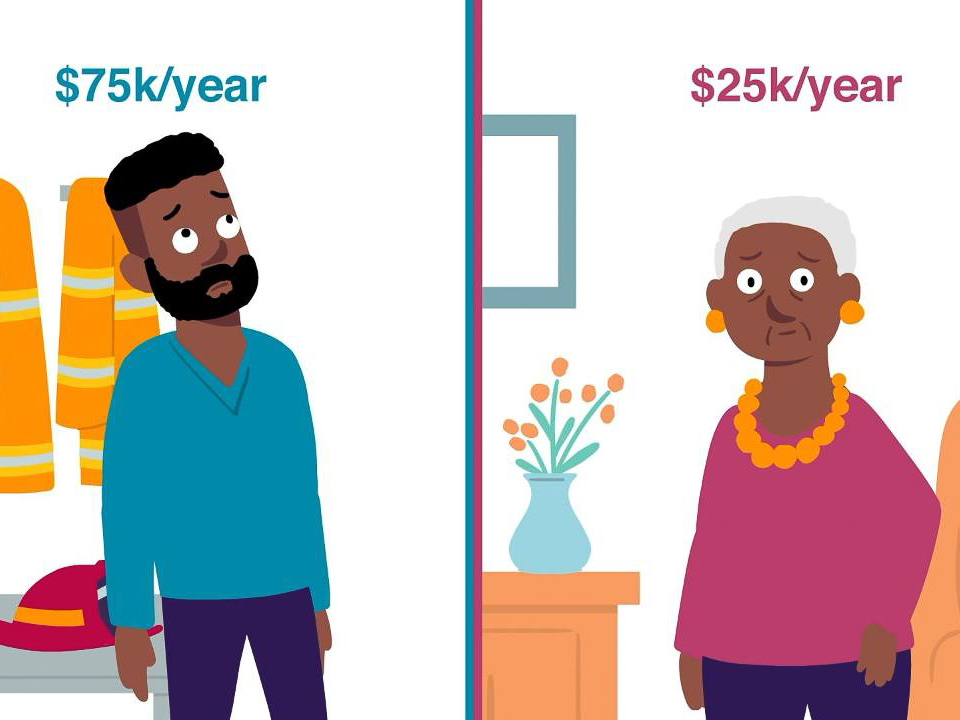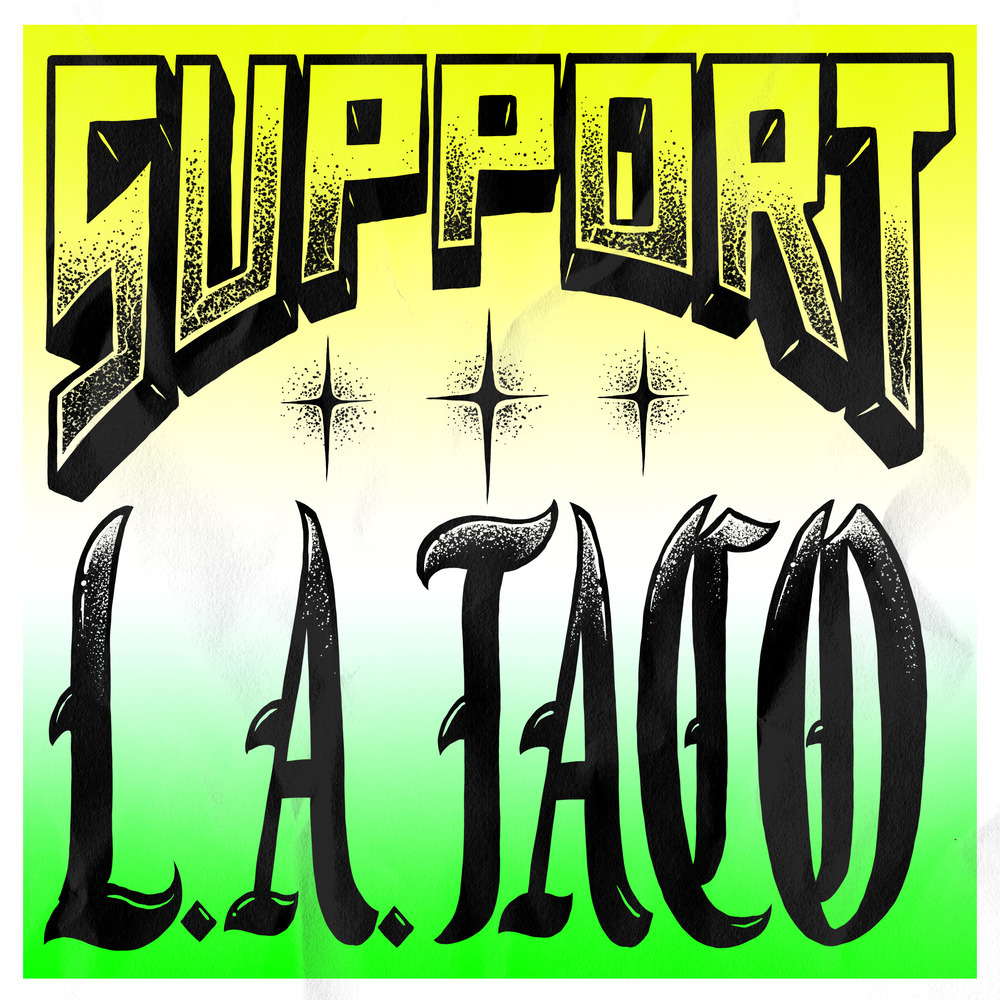The term “affordable housing” is ubiquitous in L.A.’s political discourse—and for good reasons. With rent prices and the cost of living on the rise, L.A. is becoming increasingly unaffordable for the average resident, with measurable impacts on the city.
Right now, almost 30% of the nation's unhoused population lives in California. In 2023, the unhoused population in L.A. increased by 9%, with more than 75,000 people in the city now experiencing homelessness.
A lack of affordable homes undoubtedly contributes to the problem, but what does affordable housing really mean? And why does California particularly struggle to provide its residents with affordable homes?
What Do We Really Mean By Affordable Housing?
First, let’s break down the term “affordable housing.”
To most people, “affordable housing” colloquially refers to homes that people can reasonably afford based on their income. This type of affordable housing is often called “naturally affordable housing,” since it doesn’t require any government subsidy. Its affordability is a product of relative housing abundance and availability: The more homes there are in a city compared to population, the more options renters and home-buyers have—which makes housing “affordable.”
However, those who work in housing policy have a different, more technical definition. Here, affordable housing refers strictly to subsidized homes, and residential units where the government provides financial assistance to families or individuals below a certain income level. Some subsidized homes are privately owned and subsidized through vouchers; some are public housing developments operated by government agencies.
But in L.A., because of the housing shortage, both subsidized affordable housing and naturally affordable homes are becoming increasingly rare.
Barriers to Affordable Housing
Right now, the supply of new homes simply cannot keep up with L.A.’s growing population. It’s illegal to build on more than 75% of the land in California, so new housing projects are few and far between. Competition for housing is fierce.
Homes that could once be called “naturally affordable” are sold to the highest bidder, driving up prices. As of July of 2023, medium home prices in L.A. were just shy of $1 million, marking a 30% one-year increase.
Is that affordable for the average Angeleno? Not remotely. Estimates vary, but some studies state that you need an annual income of at least $221,000 to comfortably afford a home in L.A. As of the 2022 census, the median household income in Los Angeles was only $76,244. In other words, what were once naturally affordable homes are now largely out of reach.
Meanwhile, there’s steep competition for subsidized homes, with individuals sitting on wait lists for up to five years. Wait lists are somewhat contingent on the type of subsidized homes. Section 8 Vouchers, privately-owned housing subsidized through vouchers owned and operated by public agencies, have slightly shorter wait times, averaging around two years.
However, there are a limited number of vouchers. In 2023, two of L.A.’s largest housing agencies—the Housing Authority of the City of Los Angeles and the Los Angeles County Development Authority—closed Section 8 waitlists due to high demand.
The problem is clear: There are neither enough naturally affordable homes nor subsidized homes to go around.
How Do We Make Housing More Affordable?
There is no easy answer to this question, but a good start is to build more homes.
A recent AARP report shed light on what is called the “missing middle.” This refers to housing that is affordable to the majority of middle-income individuals, including structures such as duplexes, cottage courts, and townhouses. These types of homes are illegal to build in many neighborhoods across the United States, a problem particularly egregious in L.A. due to existing legislation.
For instance, while California’s 2021 Senate Bill 9 promised to create more duplexes by allowing the creation of four homes on properties that previously only allowed one, very few new homes were created. This was due to a variety of factors, such as slow application processing times, inconsistent zoning practices, and stringent limitations on home size. Additionally, there is currently no clear-cut appeals process in place when a city rejects proposed project permits.
As for the creation of more subsidized homes, this process is also bogged down by bureaucratic red tape. Programs such as the Low Income Housing Tax Credit have complex, lengthy application processes. While many agencies and programs provide some funding for the construction of affordable homes, no single program can fund an entire project. This means developers must secure funding from multiple organizations, each with their own criteria, applications, and compliance requirements.
These are just a few examples of how convoluted laws make constructing affordable housing a challenge. Therefore, housing and land use reform is paramount to broad housing affordability.
The good news is we’ve already made some headway. Several important pieces of legislation passed in 2023 extend incentives to create affordable homes, streamline various application processes, and make it legal to build a wider variety of homes throughout L.A.
However, housing reform does not exist in a bubble. Factors that impact affordable housing are related to other socioeconomic issues. Improving access to affordable homes should happen in concert with efforts to improve L.A.’s neighborhoods.
A 2023 report put out by UCLA’s Institution of Transportation Studies underscored the importance of location and neighborhood quality when constructing affordable homes. While the United States is expanding housing voucher programs and creating more low-income units, neighborhoods where these homes are located are often plagued by environmental hazards and socioeconomic challenges such as traffic violence and poor air quality.
So, in addition to constructing more affordable homes, we need to improve L.A.’s neighborhoods. This can happen in various fashions, such as supporting the maintenance of public parks, increasing access to public transit, and investing in measures that improve traffic safety, such as safe street infrastructure and efforts to reduce reckless driving and speeding.
In short, building more homes is a critical start to housing affordability—but it must be matched by a long-term commitment to improving the quality of life across our city.
The Bottom Line
Increasing access to affordable housing is a critical battle that will shape the Los Angeles of the future. To get there, we need not only housing and land use reform, but investments that improve the safety and quality of life in existing L.A. neighborhoods. With the recent advances of new state housing legislation, Los Angeles and cities across California stand poised to take a vital step toward more affordable homes. That will go a long way to helping more Angelenos achieve housing security and stability—while ensuring our city can welcome new residents in search of the California dream.
California YIMBY sponsored this article.







